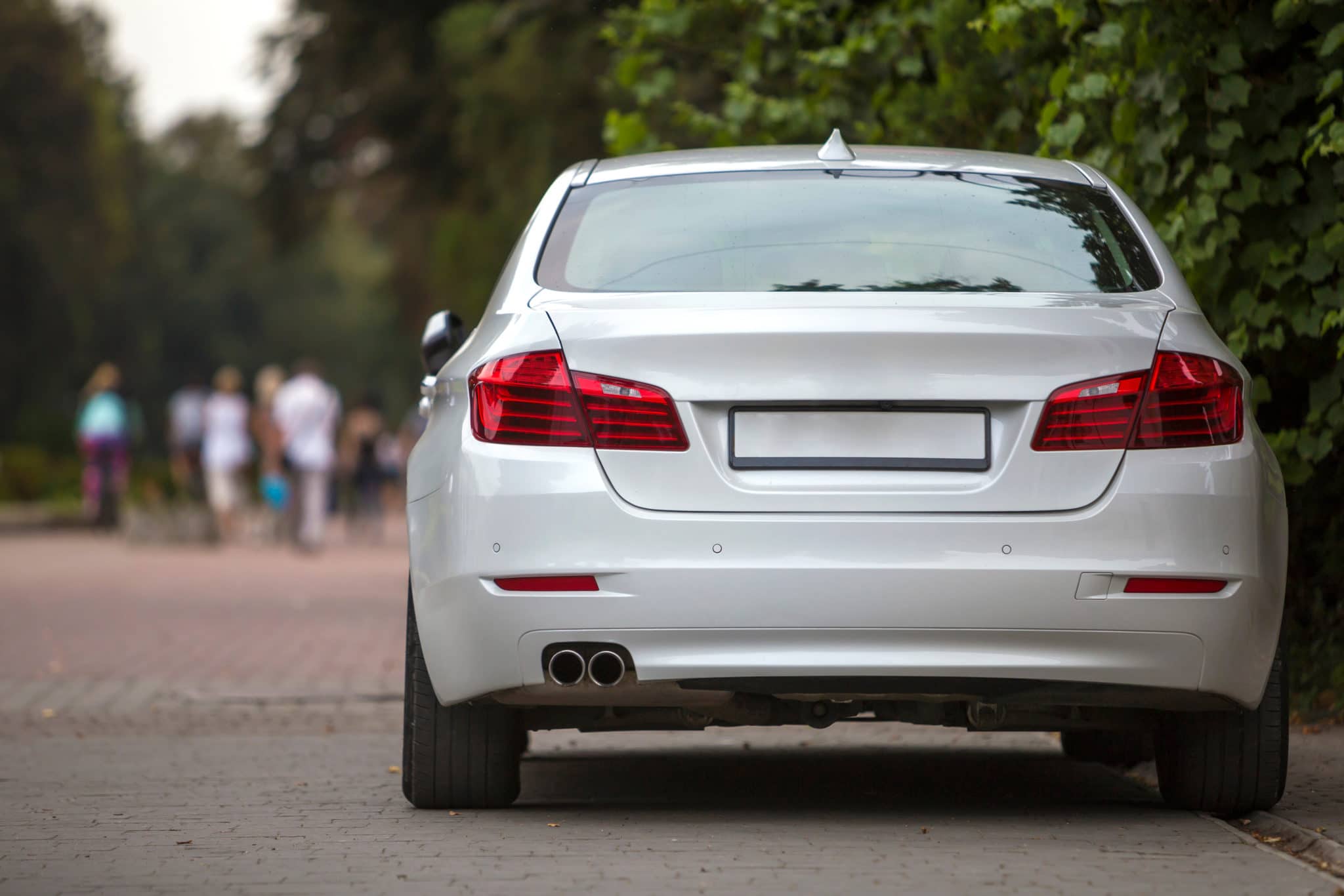
Vincent Deery, Sales and Marketing Director at 3DX-RAY explores the most effective approach to vehicle X-ray screening.
Screening vehicles using portable X-ray systems – that are usually associated with military and police EOD operations – has become common practice for law enforcement and border agencies around the world. This is because the vehicle scanners that you typically see at ports and at mainland border crossing points are largely static and very expensive; even when they are ‘mobile’, they are usually based on specially adapted heavy goods vehicles or specialist trailers. This means that they are operationally limited and potentially even more expensive.
That is why flat panel portable X-ray systems are becoming increasingly popular as they offer incredible portability, flexibility and military grade capability in a roadside situation. In fact, the whole system can be packed into the boot of a regular vehicle and deployed on remote border crossings or vehicle checkpoints with no logistical infrastructure required at all.
However, there is one operational and training issue that continues to hinder the effectiveness of these systems in the field – most training courses teach operators to scan vehicles from side-to-side and not top-down.
It is easy to see why the side-to-side practice has taken hold; when these systems first started being used in this way, the available systems used X-ray generators that were fairly bulky and needed a good sturdy tripod. Therefore, they had to be placed on firm ground beside a vehicle with the plate placed on the opposite side. This meant that the only option was a side-to-side scan and the habit seems to have stuck.
However, modern systems such as our ThreatScan – with its I-Gen X-ray generator – are small and light enough to place anywhere on a vehicle. Moreover, with its especially designed stand, it can be positioned at any angle for the best scanning results.
That means it is now possible to scan top-down instead of side-to-side. After that, it is just a matter of physics and common sense. The shorter the distance between the X-ray generator and the plate, the better resolution of the images. So, taking the distance between an X-ray generator on the bonnet or boot of a car and a plate placed underneath the car, the distance between the generator and the plate may be as much as 25-40% shorter than taking a scan from side-to-side.
A further issue to consider is the construction of the vehicles themselves. As they are not part of the structural strengthening of the vehicle, the bonnet, boot and floor panels are usually only single skin and made of relatively thin metal. However, the sides of a vehicle will include side impact strengthening panels, electronics, airbags, plastic panelling and more – all of which will naturally reduce the quality and complexity of side-to-side images. From the top it is also easier to get a good clear view of the engine bay cavities and down through the dashboard – this is impossible from side-to-side.
Finally, there are the contents. Baggage will generally be laid side-by-side within the boot which creates multiple layers to be penetrated and identified. Even if the boot is full to capacity, the width will still be greater than the depth.
Flat panel portable X-ray scanners are a real game changer for police officers, border officials, prison staff and security personnel, bringing non-intrusive X-ray scanning capability not just to the roadside, but anywhere you may need to know what is inside that vehicle, bag, box or package.
But, as always, it is not just what equipment you use but how you use it that counts!
To find out more information, visit: https://www.3dx-ray.com/